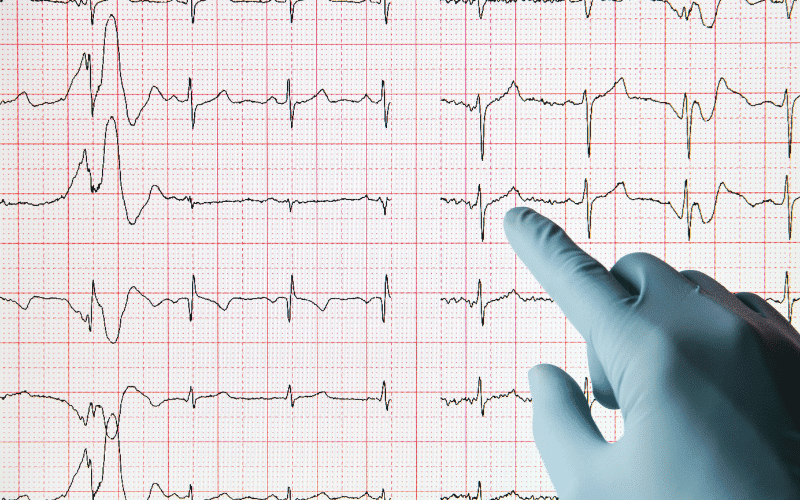4. Arrhythmogenic Right Ventricular Cardiomyopathy: Unraveling the Replacement Issue

Moving on, we delve into the complexities of Arrhythmogenic Right Ventricular Cardiomyopathy (ARVC). This rare form of cardiomyopathy is unique in its progression – the heart’s muscle tissue gets replaced gradually by fibrofatty tissue, predominantly in the right ventricle. This replacement disrupts the heart’s electrical signals, leading to potentially lethal arrhythmias.
In most cases, ARVC is inherited and is associated with mutations in genes encoding for the proteins of the cardiac desmosome, a structure that helps keep the heart muscle cells together. The condition is usually autosomal dominant, which means a child of a parent with ARVC has a 50% chance of inheriting the gene mutation. However, ARVC can occasionally arise without an inherited genetic mutation.
Symptoms of ARVC can range from mild to severe and usually show up in adulthood. They might include heart palpitations, light-headedness, fainting, swelling in the legs and abdomen, and shortness of breath, particularly during physical activity. ARVC can also cause sudden cardiac arrest in younger people, especially athletes.
Treatment of ARVC primarily aims at controlling arrhythmias, preventing sudden cardiac death, and slowing the progression of the disease. It involves medications such as beta-blockers, antiarrhythmics, and angiotensin-converting enzyme inhibitors.
For those at high risk of sudden cardiac death, an implantable cardioverter-defibrillator (ICD) might be recommended. Lifestyle modifications like restricting intense physical activity, maintaining a healthy diet, and refraining from alcohol and tobacco use are advised to all patients with ARVC. (4)